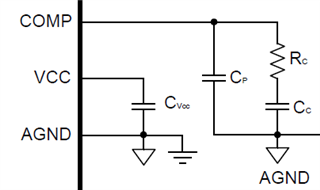Other Parts Discussed in Thread: TPS55289, TPS552892, INA219, TPS61289
Tool/software:
So i am looking some some other DC DC converter , one that is able to provide 2-3A or more in BOTH directions, i will be operating under 15V, mostly under 5V but i would proffer to be able to use a 12V bus.
Somehow i didnt find much or rather nothing. Somehow all seem to be limited to 0.7A in reverse.
When i did search on the controller side there were 2... and both in huge IC packages.
Is there really no better solution?
Maybe some digital control ( did not search for TI references on this one since i know it can be done )?
THX in advance



